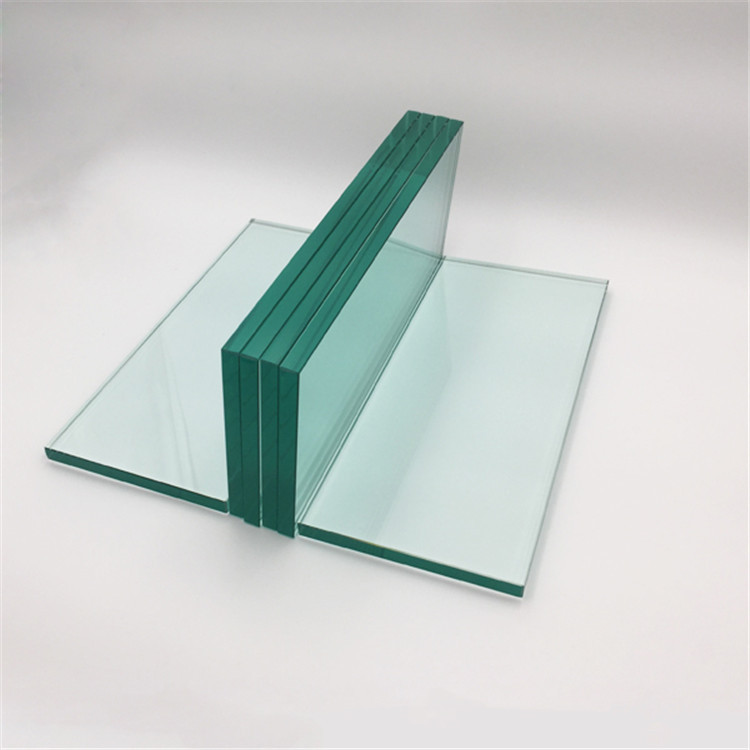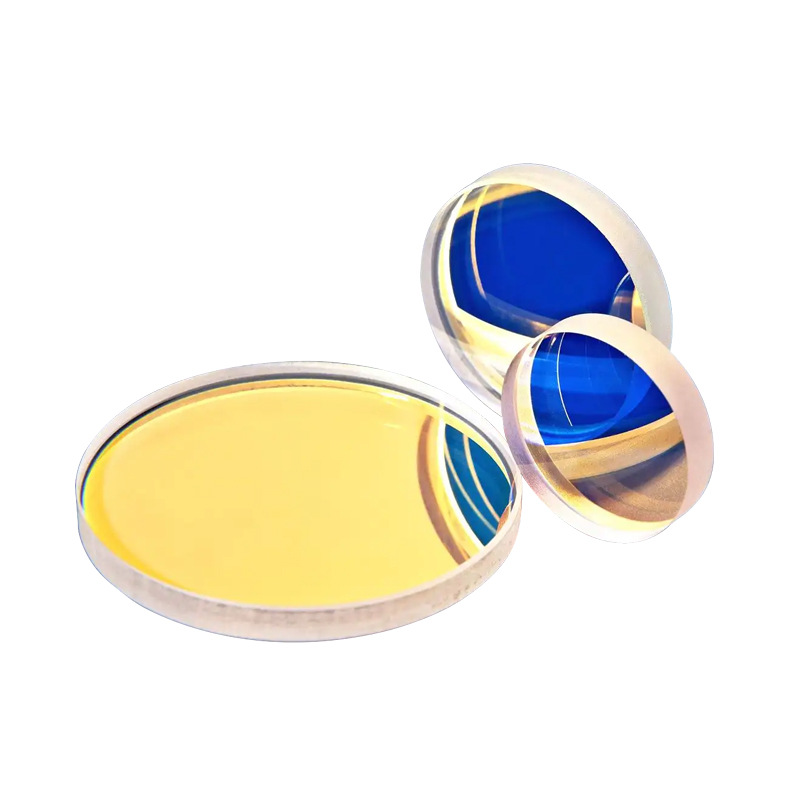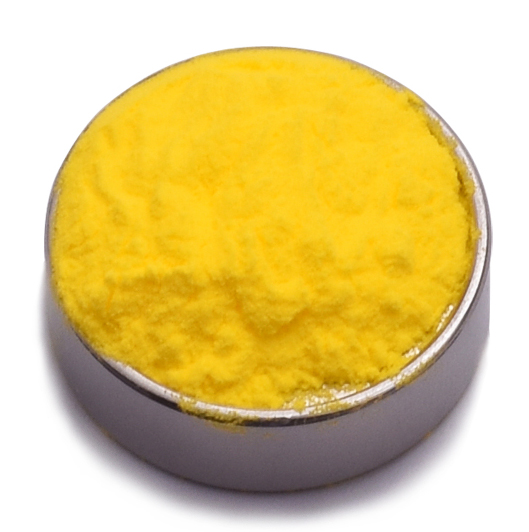Germanium aspheric lens is a high-performance optical component designed for superior infrared transmission, minimized spherical aberration, and enhanced imaging precision. Manufactured from high-purity germanium, it offers outstanding optical clarity, excellent beam focusing capabilities, and exceptional mechanical durability. This advanced lens is widely used in infrared imaging systems, laser optics, aerospace applications, and precision scientific instruments, ensuring optimal optical efficiency for demanding environments.
Product Overview
The germanium aspheric lens is an aspheric lens made from germanium (Ge) as the base material. Germanium is known for its high transmittance, chemical inertness, and excellent thermal conductivity, making it particularly suitable for infrared optical systems. Germanium is widely used in the mid-to-long wave infrared region due to its good transmission performance. The germanium aspheric lens is precisely designed to correct the aberrations present in traditional spherical lenses, enhancing image quality, and optimizing the direction and focus of light propagation.
Compared to traditional spherical lenses, germanium aspheric lenses offer superior optical performance, reducing light scattering and reflection while increasing light transmission strength and clarity. Furthermore, germanium aspheric lenses can be customized to meet the specific requirements of different optical systems.
Key Features
- High Transmittance: Especially suitable for infrared optical systems, particularly in the mid-to-long infrared wavelength range.
- Superior Optical Performance: The aspheric design corrects aberrations, providing higher image quality.
- High Precision and Stability: Offers excellent optical stability, making it ideal for high-precision optical devices.
- Improved Focusing Effect: Compared to spherical lenses, it provides better control over light propagation and focusing.
- Customizable Design: Can be tailored and optimized based on the specific needs of various optical systems.
Applications
- Infrared Imaging Systems: Widely used in infrared and thermal imaging applications, delivering high-quality imaging results.
- Spectrometer Systems: Used in infrared spectrometers, analyzers, and similar equipment to enhance optical performance.
- High-Precision Optical Devices: Ideal for various high-precision optical systems, including measurement instruments and sensors.
- Special Optical Effects: Used to manufacture lenses and optics with unique optical properties to meet specific application requirements.
| Optical Property | Value |
| Transmission Range | 2-15 μm |
| Reflection Loss | 4.0028 @ 10.6 μm |
| Absorption Coefficient | 1.3 × 10⁻³ @ 3.8 μm |
| 3 × 10⁻² @ 10.6 μm | |
| Structure | Cubic Crystal System |
| Cleavage Planes | <111 |
| Physical Property | Value |
| Density | 5.33 g/cm³ |
| Melting Point | 936 ℃ |
| Thermal Conductivity | 58.61 W/(m·K) @ 293K |
| Thermal Expansion | 6.1 × 10⁻⁶/K @ 298K |
| Knoop Hardness | 780 kg/mm² |
| Specific Heat Capacity | 310 J/(kg·K) |
| Dielectric Constant | 16.6 @ 9.37 GHz |
| Young's Modulus | 102.7 GPa |
| Shear Modulus | 67 GPa |
| Bulk Modulus | 77.2 GPa |
| Poisson's Coefficient | 0.28 |
| Chemical Property | Value |
| Solubility | Insoluble |
| Molecular Weight | 72.61 g/mol |
 new material
new material








